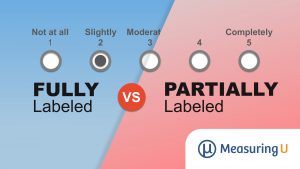
Seven Reasons Survey Questions Are Answered Incorrectly
Surveys are an essential method for collecting data. But like all research methods, surveys have their limitations. Unless the survey is administered by a facilitator, a respondent has only the survey’s instructions, questions, and response options for guidance. Earlier we wrote about ways to improve the clarity of your questions and certain words to watch








